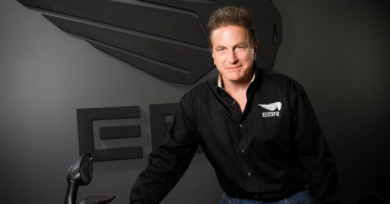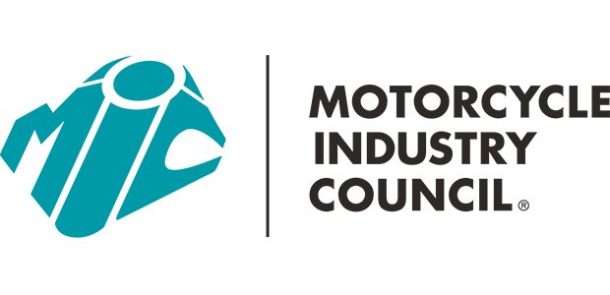July 2, 2007 – Dealers seeking traditional answers
By Neil Pascale
Editor
Powersports dealers that are experiencing a down business year thus far won’t look first to new entrant OEMs that offer low-cost vehicles as a way to jumpstart their revenue.
That was the conclusion of a national dealer survey conducted by Powersports Business in June.
Although the survey points to dealers looking at more traditional ways to grow their second-half business, it also revealed a building interest in Taiwanese and Chinese manufacturers that are selling low-cost powersports vehicles.
The survey of approximately 150 dealers from across the United States also delved into the subject of profitability of new entrant vehicles. Dealers who currently carry such OEMs said that low-end vehicle sales have profit margins that are nearly twice the percentage of their traditional OEMs.
Surveyed dealers said that they’re averaging 24.5 percent gross profit margin on new entrant OEM vehicles and 13.5 percent on traditional OEMs’ products.
However, PG&A sales are significantly less on new entrant sales.
Dealers reported for every new-entrant motorcycle or ATV they sold, their sales of PG&A to that customer was approximately $185. In contrast, a sale of a new ATV or bike from a traditional OEM garnered PG&A sales of nearly $510.
Dealers who carry both traditional OEM and new entrant manufacturers said they have not seen a significant difference in sales between the two so far this year. Forty percent of dealers said their traditional OEM sales were about the same, which is exactly how they saw their new entrant OEM sales as well.
However, there appears to be more franchised dealers now selling new entrant OEM products. The survey found that slightly more than one-quarter of dealers sell both types of manufacturers. That number is 10 percent more than a Powersports Business survey found in the spring of 2006.
Dealers who carry these lines were asked to rank, on a scale from 1-5, with 1 being unimportant and 5 being very important, why they decided to carry the new entrants. Their responses were:
•Requests from customers merited a ranking of 2.6;
•Belief that these brands will have a bigger consumer following in the future earned a ranking of 3.2;
•Wanted to be able to offer vehicles with a lower MSRP was the highest, with a 4 ranking;
•Saw declining sales with their existing brands was given a ranking of 2.4;
•Needed to compete with other retail outlets like big box stores was given a 3.
The survey also showed the majority of franchised dealers (62 percent) have never considered adding one of these new entrant manufacturers. Eighteen percent, however, stated they are currently considering carrying one of these brands.
Dealers were asked what issues have made them think twice about carrying new entrant brands. Their responses, on a 1-5 scale with 1 being unimportant and 5 being very important, were:
•Inadequate parts availability was the biggest concern, at 4.8;
•Liability or warranty concerns was given a ranking of 4.6;
•An insufficient co-op program merited a ranking of 3.4;
•Lack of brand recognition or appeal was given a ranking of 4;
•Lack of available aftermarket products merited a ranking of 3.6;
•Concern about cutting into the sales of traditional brands was given a 3.4 ranking.




